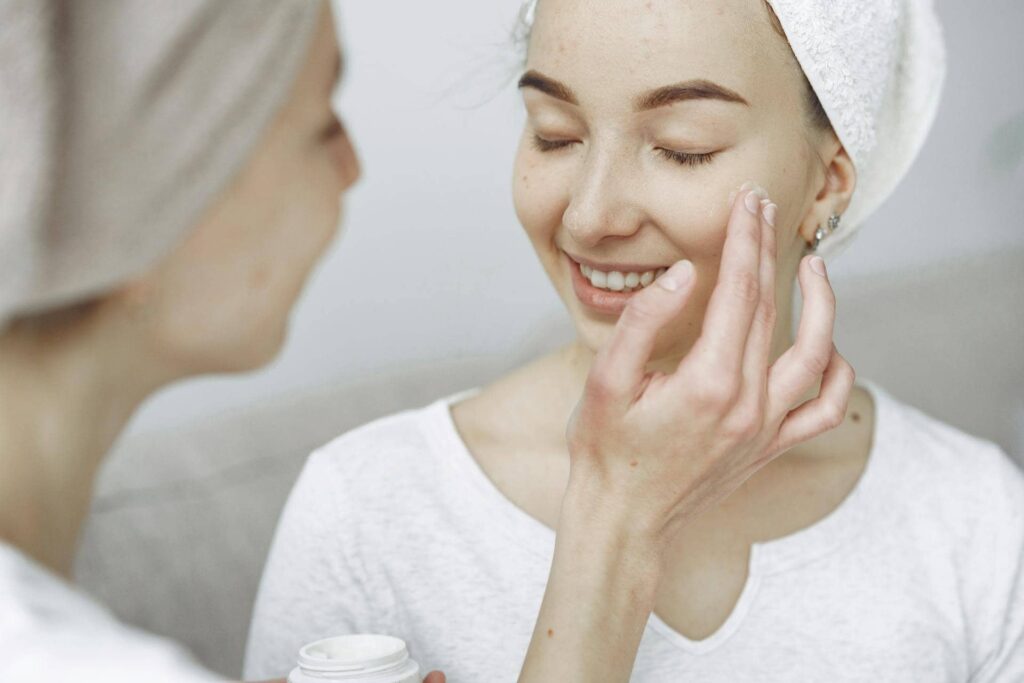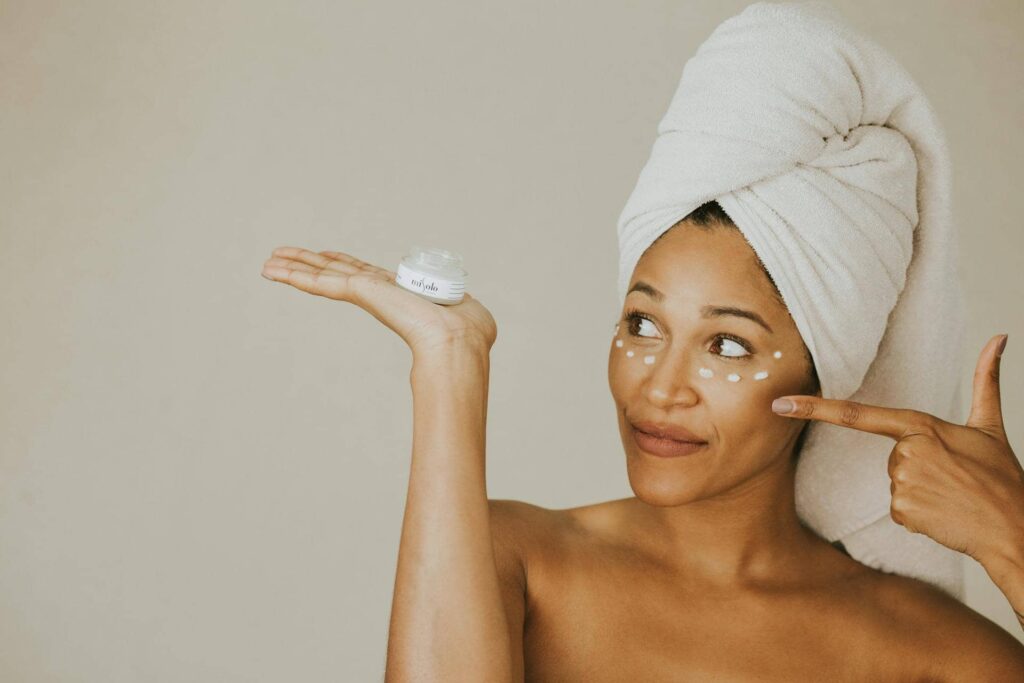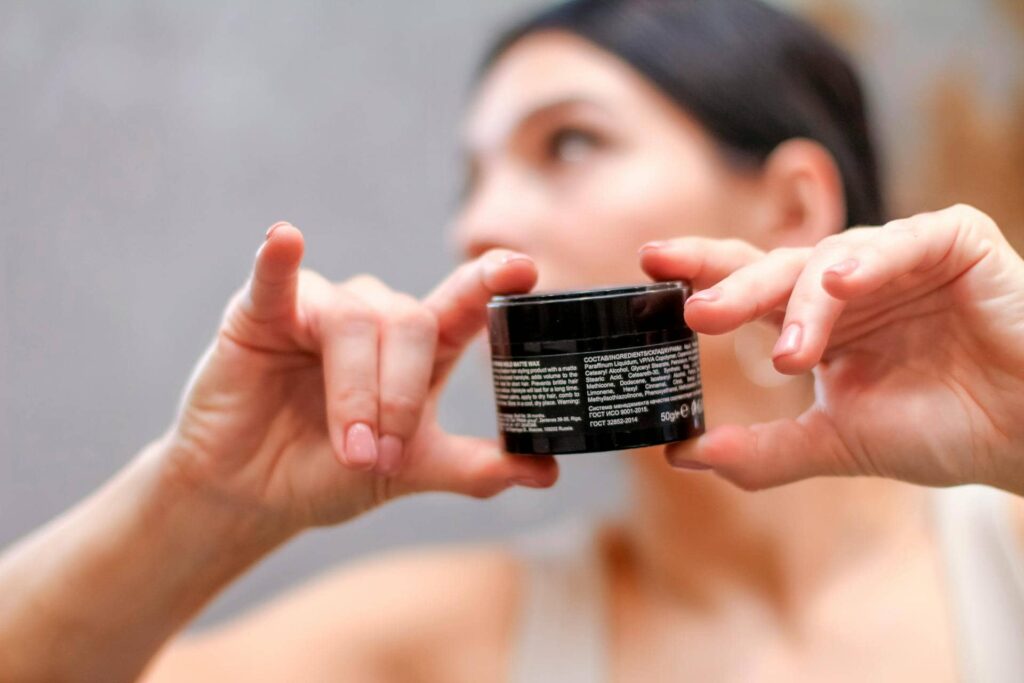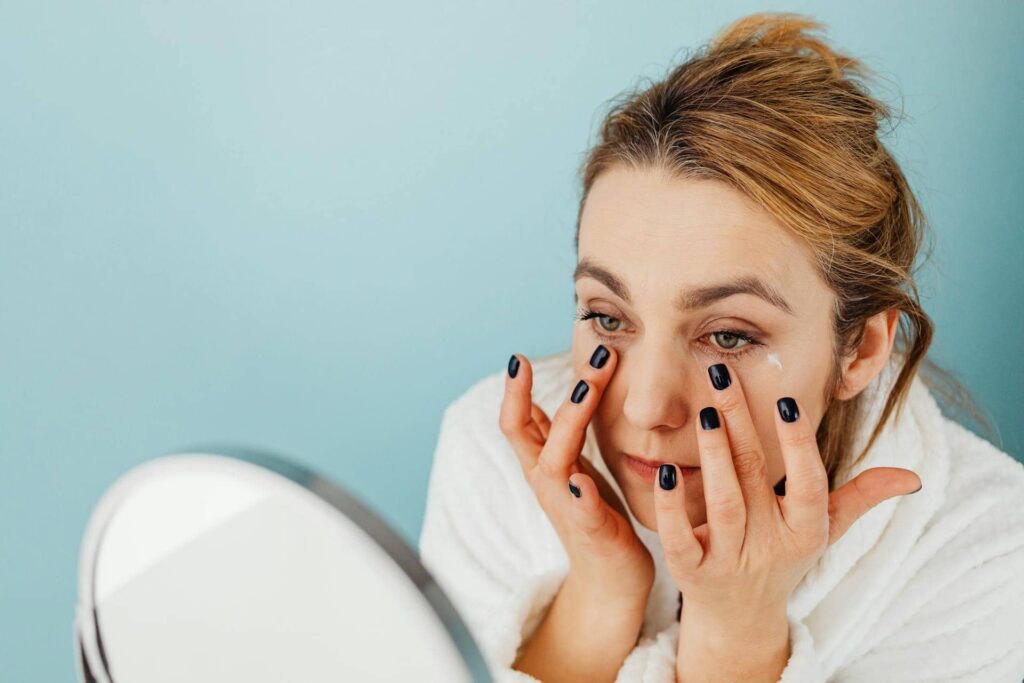How can you safely incorporate azelaic acid and tretinoin into your skincare routine?

With growing awareness of the importance of skincare, effective ingredients like azelaic acid and Tretinoin have become a staple for many to achieve healthy, clear, and glowing skin. However, incorporating these powerful ingredients into your daily routine requires careful steps and a gradual progression to avoid lacking information.
In this article, we provide a practical guide to help you combine Tretinoin and azelaic acid safely and effectively, with personalized tips for all skin types.
What is azelaic acid?
Azelaic acid is a naturally occurring dicarboxylic acid widely used in dermatology for its excellent benefits in treating skin conditions such as acne and hyperpigmentation.
Azelaic acid has been shown to frustrate the production of melanin, the pigment responsible for dark spots and hyperpigmentation; it also has an effective ingredient in treating acne and rosacea. It has antibacterial properties and promotes exfoliation and skin cell renewal, reducing clogged pores and the appearance of pimples and blackheads.
What is Tretinoin?
Tretinoin is a vitamin A derivative and belongs to the retinoid class of medications used topically on the skin. Tretinoin comes as a gel used on the affected areas; this compound removes dead skin cells and promotes cell turnover, which helps unclog pores and eliminate acne-causing bacteria, and reduce inflammation, repairing damaged skin and reducing plugging, thus improving skin clarity and purity.
What is the difference between Tretinoin and azelaic acid ?
Azelaic acid is generally an acid found in some grains such as rye or wheat; it plays a potent role in your skincare, it can unclog pores and reduce acne and bacteria on your face, it also protects your skin from radicals, and it can reduce irritation and redness, and prevent dark pores on your skin also it can eliminates the causes of damaging of your skin.
Tretinoin, which is found in retinoic acid, is a common component of vitamin A. It is a chemical compound found in certain plants and foods. It is commonly used to treat various skin problems, such as acne. Additionally, Tretinoin can treat black and whiteheads on the face by eliminating the bacteria that cause acne.
Tretinoin is also an effective treatment for reducing dark spots and hyperpigmentation affecting your skin. It is also used effectively to reduce facial lines, wrinkles, and signs of ageing. It also heals scars incredibly quickly, making it a fundamentally effective treatment for reducing scars.
Is azelaic acid better than Tretinoin?

Both are considered effective in treating skin problems, and the benefits of each cannot be underestimated. Each has its different properties, but Azelaic Acid is generally considered gentler on the skin than Tretinoin, especially for people with sensitive skin. Of course, this also depends on the person and the nature of his skin.
On the other hand, we must not forget that Tretinoin has a faster effect in showing results on the skin.
In conclusion, I recommend azelaic acid if you suffer from sensitive skin and want a gentle product. However, I recommend Tretinoin if you also want an effective product that can fight pimples and blackheads faster.
Can Use Azelaic Acid and Tretinion Together?
Tretinoin and azelaic acid are active ingredients that can achieve more effective results in treating acne and hyperpigmentation.
Azelaic acid reduces inflammation, kills acne-causing bacteria, and improves skin tone.
Conversely, Tretinoin accelerates the skin’s exfoliation and cell renewal process, helping to remove surface pigmentation and prevent clogged pores. Tretinoin can help enhance the effectiveness of azelaic acid, making the treatment routine more comprehensive and delivering faster, more visible results.
These two ingredients can boost their effectiveness and help achieve better skin results.
What are the benefits of this combination?

Azelaic acid and Tretinoin are powerful skincare ingredients often used to treat acne and hyperpigmentation. When mixed with azelaic acid, Tretinoin can provide remarkable benefits for skin texture and the appearance of fine lines and wrinkles. Azelaic acid helps to reduce dark spots and is generally well-tolerated, making it suitable for sensitive skin.
Tretinoin, a form of retinoic acid, works by enhancing collagen production and speeding up cell turnover, which can improve the signs of ageing. Combining Tretinoin and azelaic acid allows users to address multiple skin concerns simultaneously. Applying Tretinoin before bed, azelaic acid in the morning, and good sunscreen to protect the skin from damage is advisable.
This combination helps treat acne and effectively reduces hyperpigmentation, leading to a more even skin tone.
How to use Azelaic Acid with Tretinoin?
According to dermatologists, when using Tretinoin and azelaic acid in your skincare routine, they must be used correctly to maximize their benefits and minimize the potential for skin irritation or redness.
You must remember that Tretinoin is photosensitive, so you can’t use it during the day, just at night.
– Cleanse your skin with a good cleanser suitable for your skin type to remove any oils, dirt, or impurities.
– Use the product as a cleanser to help prevent breakouts.
– Apply a thin layer to your face or the affected areas.
– Use a clean applicator to distribute the product evenly. You can also apply it around other specific areas of your face if needed.
-After the Tretinoin has been absorbed, apply a thin layer of azelaic acid to your entire face or targeted areas. Gently massage it into your skin until it is fully absorbed.
-Allow the tretinoin cream to absorb into your skin fully—this typically takes 15 to 30 minutes. This step is essential to reduce irritation and redness and ensure that other products don’t impair its effectiveness.
– If your skin feels dry, apply a second layer of moisturizer after absorbing the azelaic acid.
– Choose a moisturizer that is fragrance-free and suitable for your skin type.
-To reduce irritation, consider alternating between Tretinoin and azelaic acid at different night times.
Does tretinoin and azelaic acid purge?
Azelaic acid and tretinoin can help clear the skin, but not in the same way as tretinoin. They act as a partial cleanser, but that doesn’t mean they purge entirely. All of their ingredients primarily work to regenerate cells. After the purging period, you’ll notice an improvement in your skin, with fewer breakouts.
What are the side effects of azelaic acid and Tretinoin ?

Some caution should be exercised when using azelaic acid and Tretinoin together due to potential side effects. Azelaic acid may cause skin irritation, particularly in sensitive skin, and it may also cause hypopigmentation in some people.
Tretinoin, a vitamin A derivative, should be used cautiously, especially in pregnant and breastfeeding women.
It can also cause some skin dryness. Therefore, a doctor or specialist should be consulted before use.
Some warnings when using azelaic acid and serotonin for the first time:
-Skin irritation: It can cause skin irritation, especially for sensitive skin, mainly when used for the first time.
-Hypopigmentation: It can cause hyper-lightening or hypopigmentation in some people, especially those with darker skin.
-Sun sensitivity: Tretinoin makes your skin more susceptible to sun sensitivity, so you should use sunscreen while using it. Also, if you are pregnant or breastfeeding, you should consult a doctor before using it.
-Some studies have shown that using Tretinoin can cause an interaction with some other products, such as AHAs and BHAs. They can cause severe skin dryness when used together, so you should be careful.
